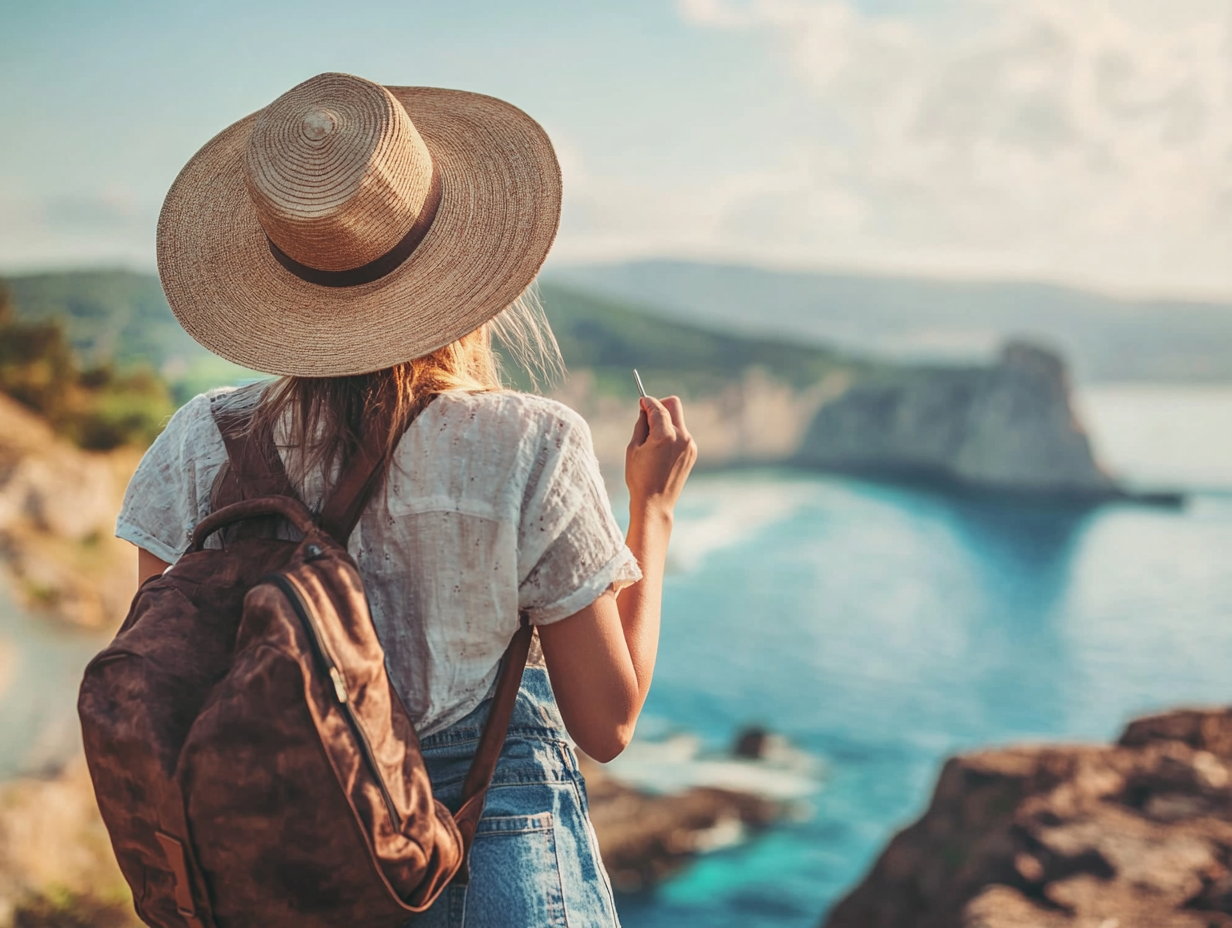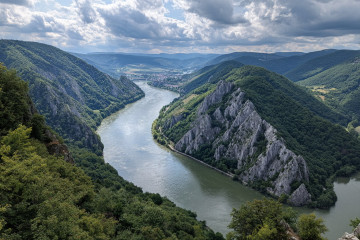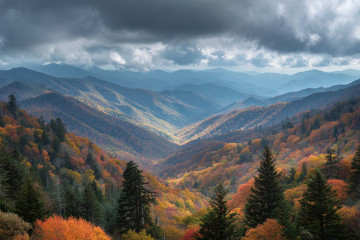The Growing Impact on Travelers and the Travel Industry
Traveling solo is an exciting, transformative experience, but it also comes with its own set of challenges. One of the most common hurdles for those traveling alone is finding ways to capture stunning photographs. Unlike group trips, where there’s always someone nearby to take photos, solo travelers must get creative to document their adventures. As solo travel becomes more popular worldwide, especially with the rise of social media, the demand for high-quality, visually captivating travel photos has soared. Travelers, now more than ever, seek ways to create striking content to share on platforms like Instagram, TikTok, and travel blogs.
As content creation becomes a vital part of the travel experience, it’s clear that the travel industry, along with the photography accessory market, will continue to evolve to cater to this demand. Let’s explore five essential techniques that will help solo travelers take better photos and how these methods are shaping the future of travel photography.
1. Tripods: Stability for Stunning Solo Shots
A tripod is a traveler’s best friend when it comes to taking stable, well-composed photographs. It is especially useful for long-exposure shots and wide-angle landscape photos. Whether you’re capturing a majestic sunset in Santorini or a cityscape in New York City, a tripod allows you to frame the perfect shot without needing anyone else to hold the camera. This tool is versatile, working equally well with both smartphones and DSLR cameras.
When shopping for a tripod, travelers should prioritize lightweight designs that are easy to carry yet durable enough to withstand outdoor conditions. The best tripods feature adjustable legs, allowing users to shoot from various heights and angles. The flexibility of tripods also means that solo travelers can take shots from difficult-to-reach positions, ensuring the resulting photos are sharp and clear.
The increasing demand for solo travel photography has influenced accessory brands to develop more portable and robust tripods, providing travelers with tools that make it easier to capture their adventures while on the go.
2. Selfie Sticks: Capture More Than Just Yourself
A selfie stick has long been a go-to gadget for solo travelers looking to capture themselves in stunning locations. Unlike tripods, selfie sticks offer more mobility and are perfect for on-the-go photos. Whether you’re standing in front of the Eiffel Tower, hiking in the Swiss Alps, or strolling through Kyoto’s famous gardens, a selfie stick extends your reach, allowing you to capture both yourself and the beautiful background.
Selfie sticks are particularly useful for wide shots or group photos, as they enable you to include more of your surroundings. The key is to choose a selfie stick that is both stable and long enough to capture the perfect frame. A flimsy selfie stick can result in blurry or awkward photos, so it’s crucial to invest in a quality one for consistent, high-quality images.
The popularity of selfie sticks continues to drive innovation in the travel accessory market. As the demand grows, brands are increasingly designing compact and lightweight models suited to busy destinations such as Rome, Tokyo, or Los Angeles, where solo travelers need flexibility without the bulk.
3. Ask a Stranger: Embrace Human Connection for Authentic Shots
If you’re traveling solo, one of the simplest yet most effective ways to get a great photo is to ask a stranger to take it for you. Despite the abundance of gadgets and devices available, human interaction remains a timeless solution for capturing memorable moments. Most people are happy to help when approached politely.
This technique works especially well in tourist-heavy areas like Barcelona or London, where locals and fellow travelers are often willing to lend a hand. The key to success is clear communication. By guiding the person on how you want the shot to be framed—whether it’s a close-up or a wide-angle shot—you increase the chances of getting a photo you’ll love. If the first attempt doesn’t turn out the way you hoped, don’t hesitate to politely ask for a retake.
This simple practice fosters a sense of connection between travelers and locals, contributing to a more personal, cultural experience. It also serves as a reminder that travel is about human interactions, not just high-tech gadgets.
4. The Self-Timer: Let the Camera Work for You
One of the easiest and most effective methods for capturing a solo photo is to use your camera’s self-timer function. The self-timer removes the challenge of timing your shot while eliminating the risk of shaky hands. Simply place your camera on a stable surface, set the timer (usually for 3, 5, or 10 seconds), and step into the frame.
This is particularly useful when traveling in remote or nature-heavy locations like the Grand Canyon or New Zealand’s Milford Sound, where a tripod might be impractical. The self-timer allows you to take clear, steady shots with no extra help required. Plus, it helps avoid rushed, awkward photos—allowing you to position yourself properly.
The self-timer function has become a standard feature on most smartphones and cameras, making it even easier for solo travelers to manage their photos. With the constant improvements in smartphone cameras, this simple tool has contributed to the rise of self-shooting as a popular method for solo travel photography.
5. Bluetooth Remotes: Achieve Creative and Unique Angles
For solo travelers who want to go beyond standard shots, a Bluetooth remote is a game-changer. This handy tool allows you to take photos from a distance, enabling you to explore creative angles and compositions that might otherwise be difficult to achieve.
Whether you’re trying to capture a dramatic low-angle shot at the Pyramids of Giza, or you’re experimenting with different poses at a crowded festival in Rio de Janeiro, the remote gives you the freedom to snap photos without physically touching the camera. This opens up endless possibilities for dynamic and artistic shots from across the room, above, or below your subject.
As Bluetooth remotes become more affordable and accessible, their widespread use is driving further innovations in solo travel photography. The technology is expected to become even more integrated into cameras and smartphones, making it easier for travelers to experiment with different poses and settings.
Final Thoughts: Capturing Your Solo Journey
In today’s social media-driven world, capturing beautiful solo travel photos is more than just a way to document your trip—it’s about telling a story, connecting with others, and sharing experiences in creative ways. Whether you’re using a tripod, a selfie stick, or asking a stranger for help, each method offers a unique way to preserve your journey.
As solo travel continues to grow, these tools and techniques will not only influence the way travelers capture their adventures but will also shape how travel gear brands design products to meet the demands of today’s explorers. The growing trend of solo travel photography will continue to inspire the global travel industry, fueling innovation and encouraging new, creative ways to experience the world through the lens.



